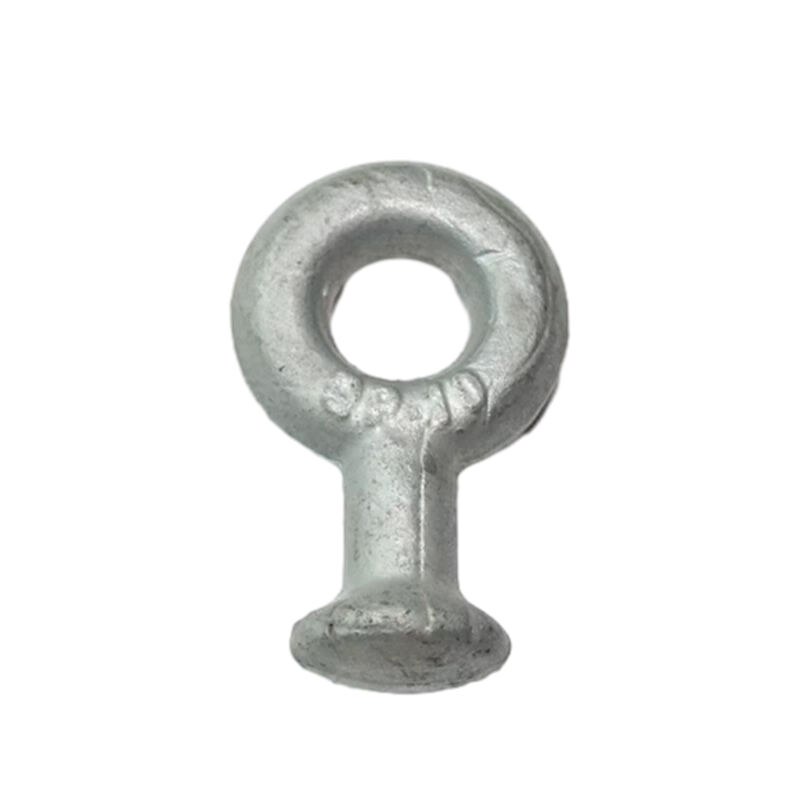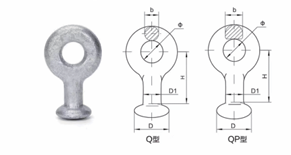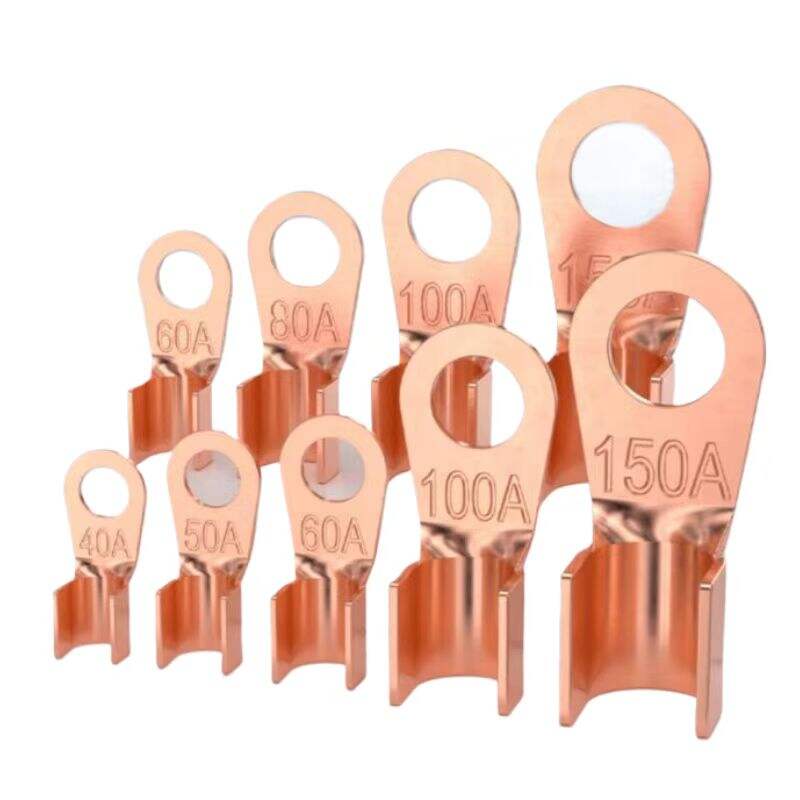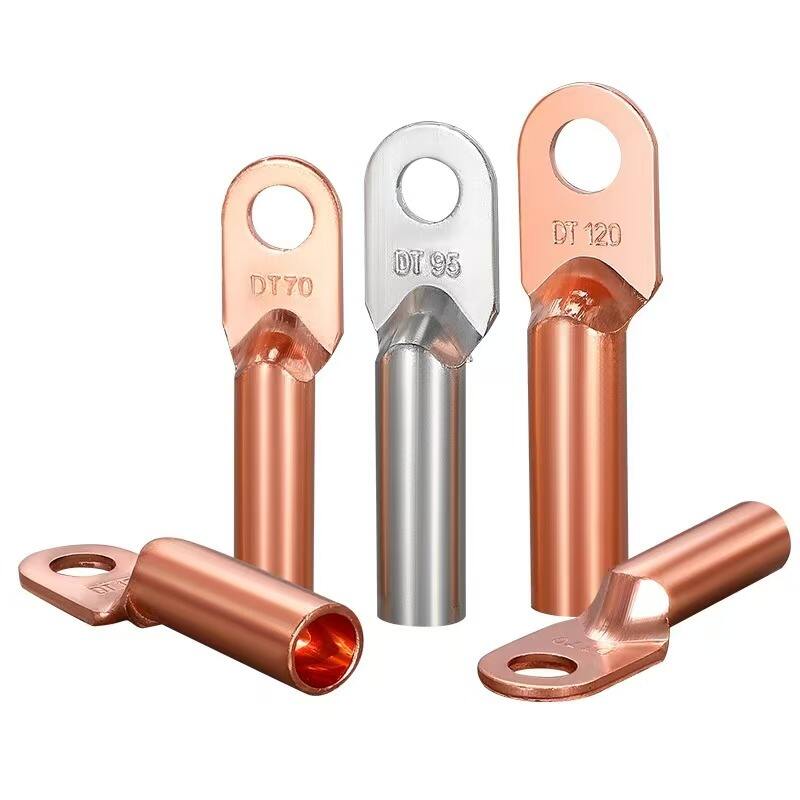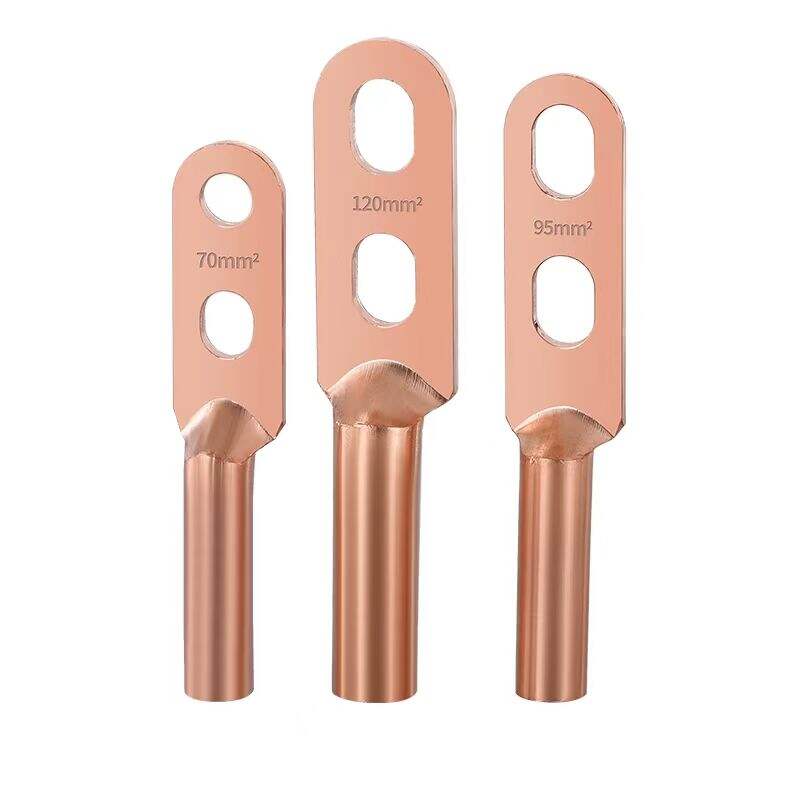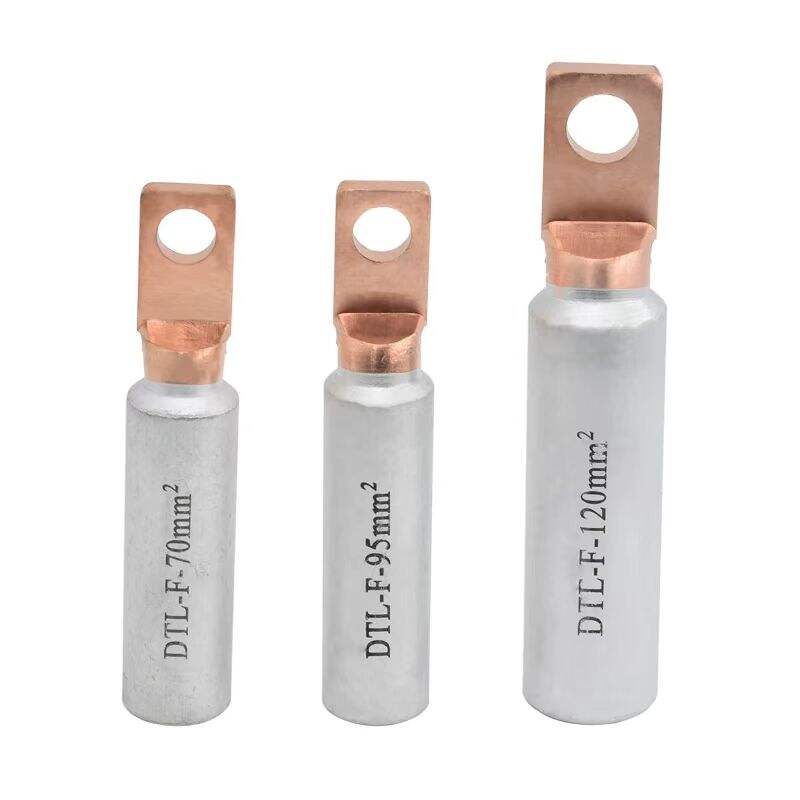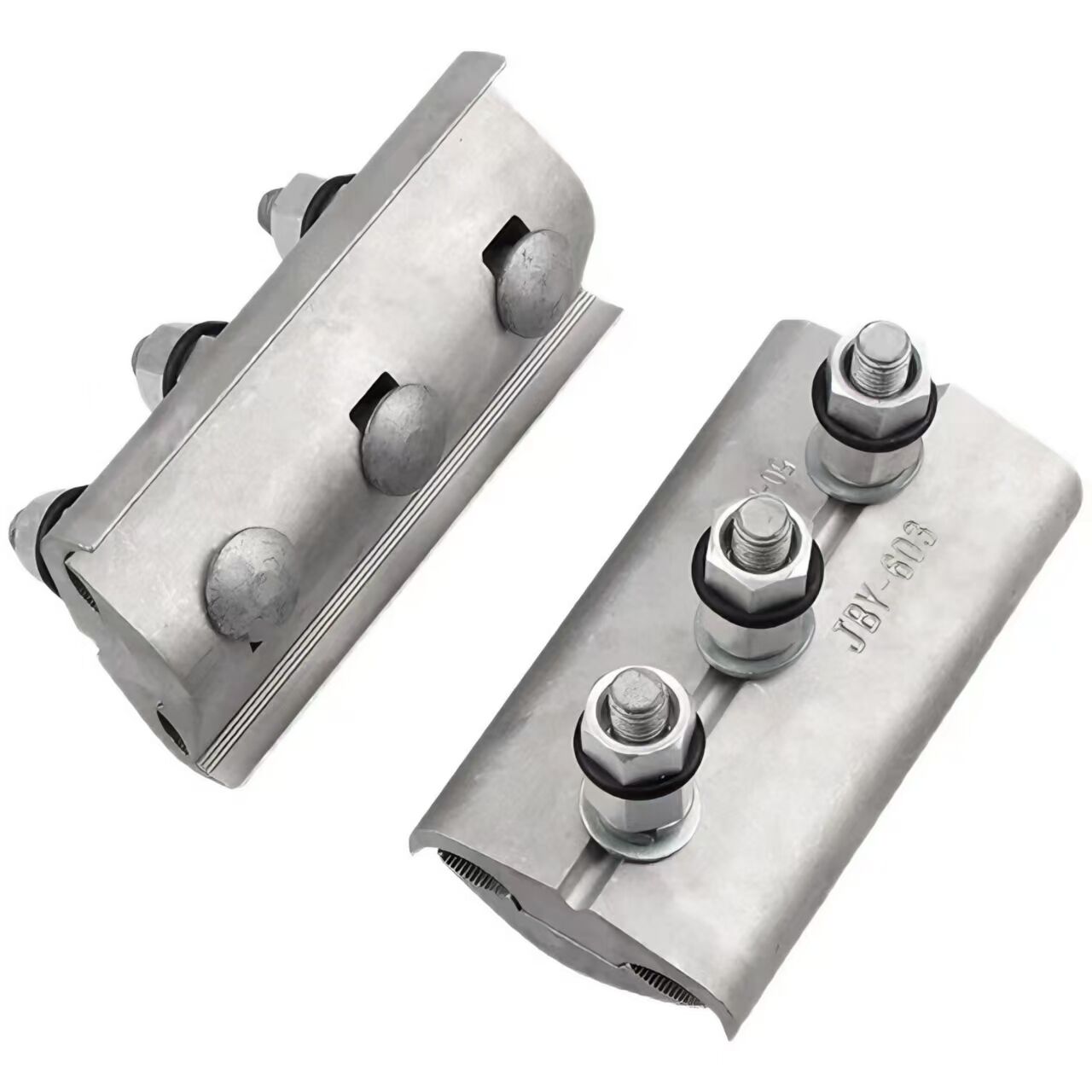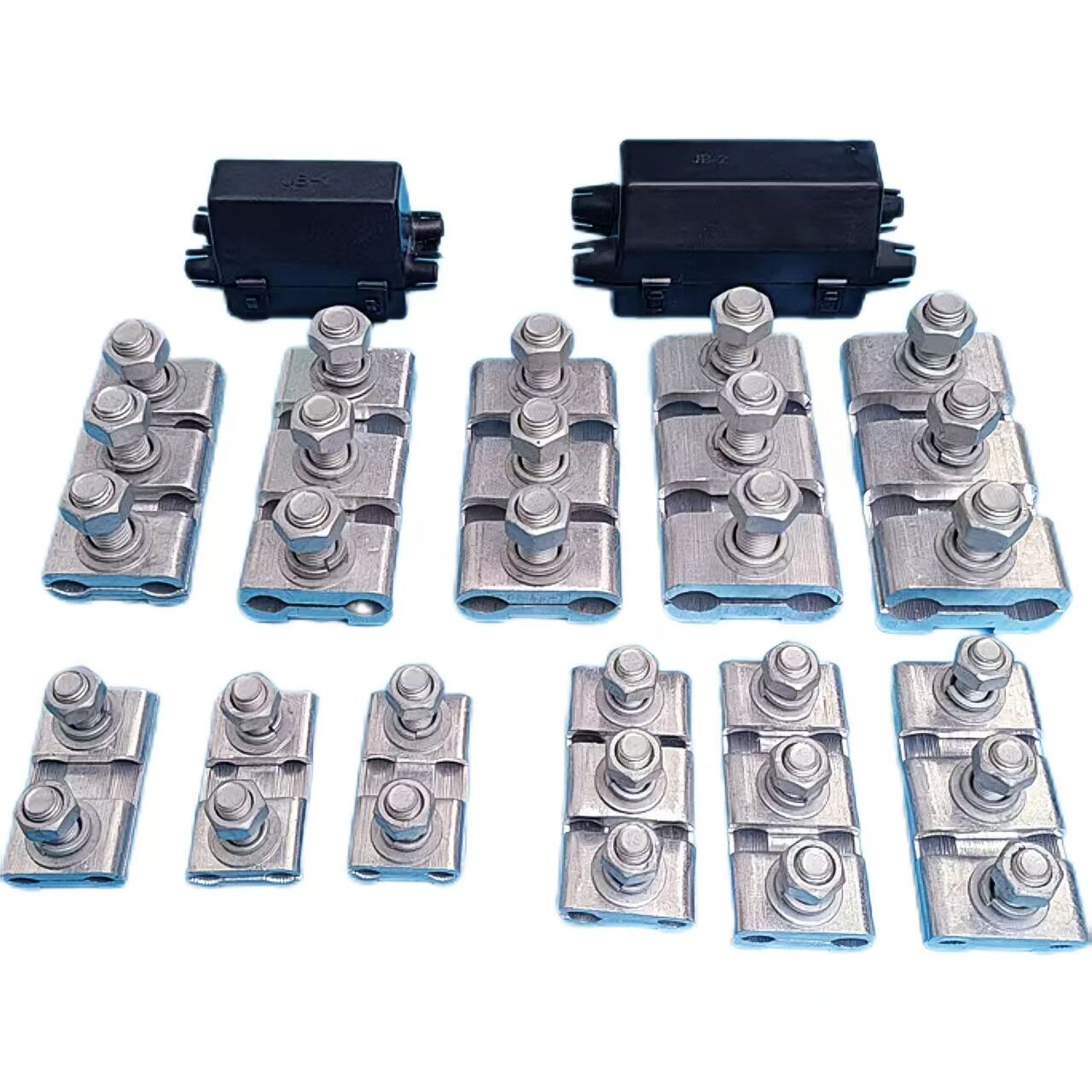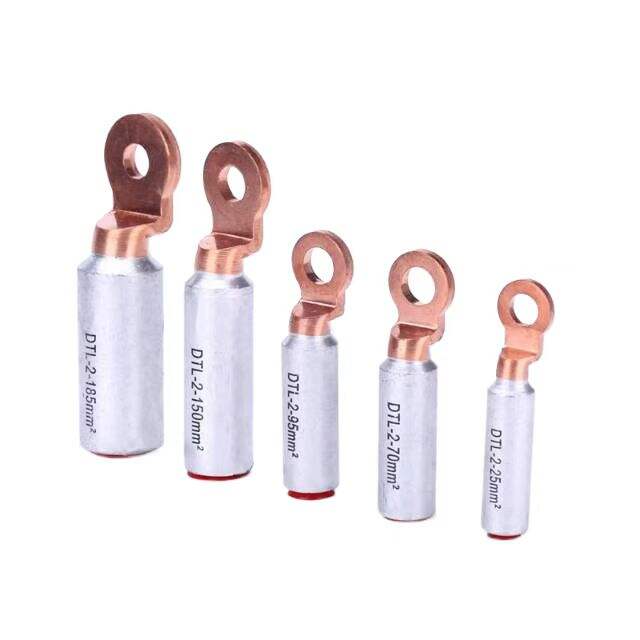1. Connection Realization
It connects insulators with fittings such as suspension clamps and strain clamps, forming a complete suspension or fixing system for transmission lines. This modular connection ensures the mechanical integrity of the overhead line, enabling reliable integration of insulating components and mechanical load-bearing components.
2. Load Transmission
During transmission line operation, it transmits the gravitational force, tension, and wind load of the conductor to the utility poles or towers, ensuring the mechanical balance of the line. The clamp’s robust structure efficiently distributes dynamic and static loads, preventing stress concentrations that could lead to component failure.
3. Adaptation to Line Movements
When the conductor displaces due to thermal expansion/contraction, wind galloping, or other factors, the ball head suspension clamp’s articulating joint allows insulators and fittings to adapt to such movements, avoiding additional stress damage to the line. This flexibility is critical for maintaining electrical clearances and mechanical stability in dynamic environments, such as long-distance transmission lines crossing thermal expansion zones or high-wind regions.
 E-mail:
E-mail:




